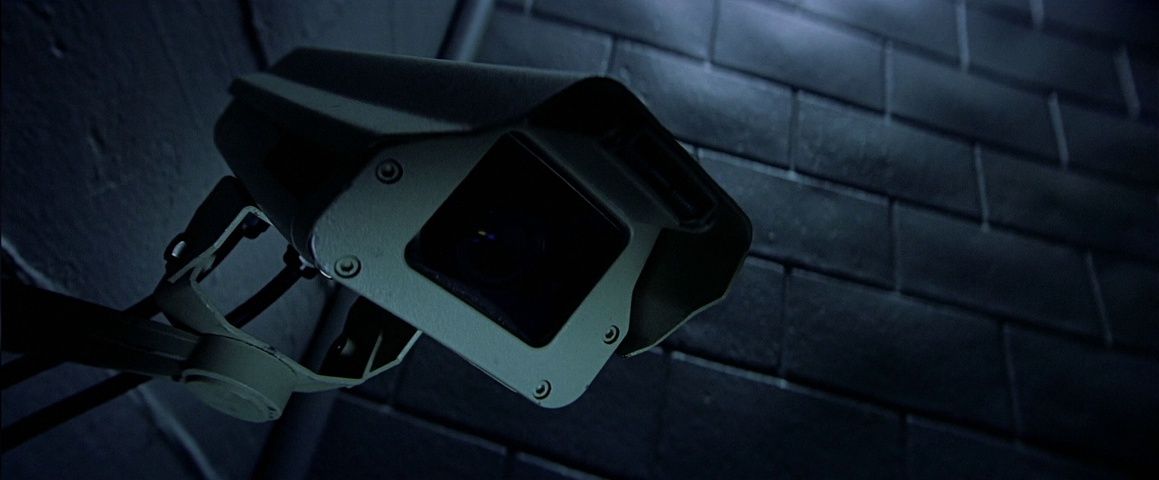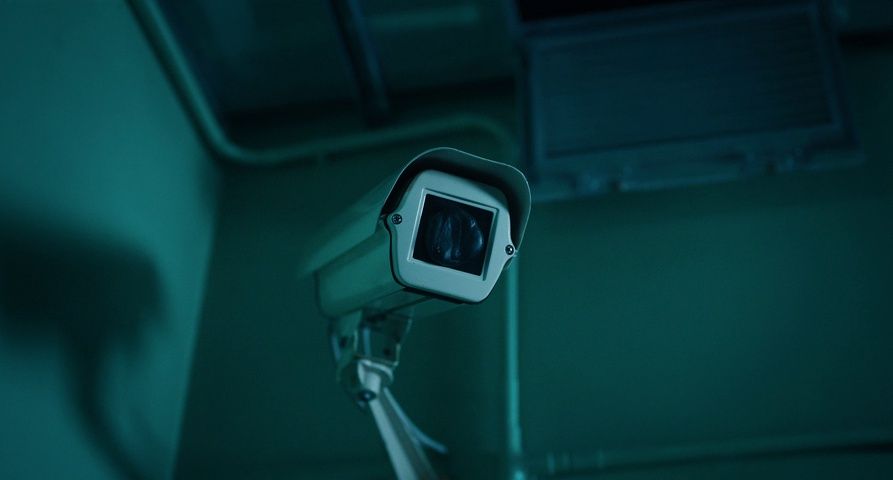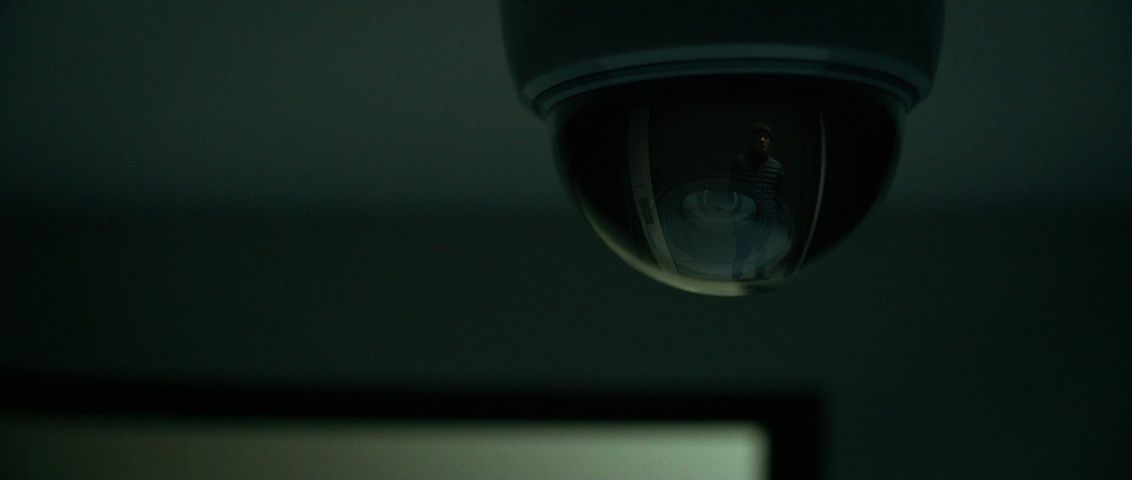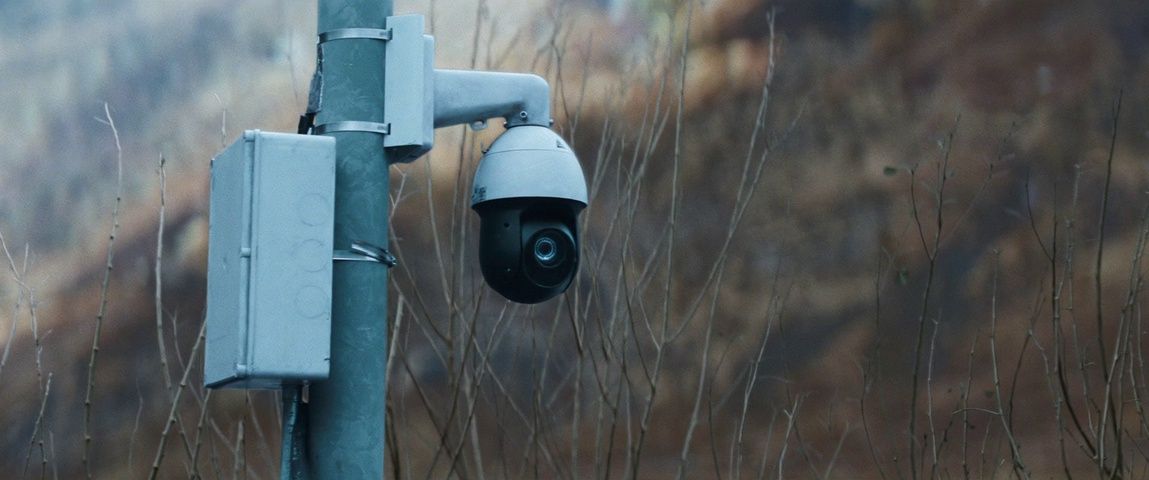RTSP to WebRTC: Achieve Lowest Latency for Video Surveillance

In the world of video surveillance, latency matters. RTSP (Real-Time Streaming Protocol), supported by nearly all IP cameras, delivers low-latency video streams, typically ranging from 100-200ms. However, one major limitation of RTSP is its incompatibility with modern web browsers. RTSP streams, in their raw form, cannot be viewed directly in browsers.
To enable seamless viewing of RTSP streams directly in browsers with the same ultra-low latency (100-200ms), the stream must be converted to WebRTC (Web Real-Time Communication). By bridging RTSP to WebRTC, users can effortlessly monitor security camera feeds through their browsers while maintaining the ultra-low latency required for real-time surveillance.

Why RTSP Streams Can't Be Viewed in Browsers?
If you've ever tried to view an RTSP camera feed or streaming content in your web browser, you've likely encountered frustration. Despite being a robust streaming protocol, RTSP (Real Time Streaming Protocol) cannot be directly viewed in web browsers, leaving many users puzzled. The root of this limitation lies in the fundamental architecture of modern web browsers and their security model.
Modern web browsers are designed with HTTP-based communication in mind, primarily supporting streaming protocols like HLS and DASH that work seamlessly over HTTP/HTTPS. RTSP, however, operates differently. It typically runs over RTP (Real-time Transport Protocol) using UDP for transport, which falls outside the standard web browser's comfort zone. This architectural mismatch creates an insurmountable barrier for direct RTSP playback in browsers.
Security plays another crucial role in this limitation. Web browsers implement strict security policies that restrict direct access to streaming protocols outside of HTTP/HTTPS. These restrictions exist for good reason - they protect users from potential security vulnerabilities that could arise from allowing direct access to various network protocols. RTSP's use of different ports and connection methods simply doesn't align with these security requirements.

Why Convert RTSP to WebRTC?
WebRTC (Web Real-Time Communication) is a powerful technology that enables ultra low latency real-time voice, video, and data communication directly between web browsers and devices. What makes it special is that it works natively in modern web browsers without requiring any plugins or additional software installations.
RTSP needs to be converted to WebRTC for several key reasons:
Browser Compatibility: While browsers can't understand RTSP directly, they have built-in support for WebRTC. This means your RTSP camera feeds can reach users through any modern web browser.
Low Latency: WebRTC is designed for real-time communication, offering extremely low latency (usually under 100ms). This is crucial for applications like security cameras, where seeing events as they happen is important.
Adaptive Quality: WebRTC automatically adjusts video quality based on network conditions, helping maintain smooth streaming even when internet connections aren't perfect.

How to Convert RTSP to WebRTC?
Converting RTSP streams to WebRTC is a complex process due to:
Protocol Differences: RTSP is not browser-compatible, while WebRTC is designed for browsers.
Codec Compatibility: RTSP streams often need transcoding to WebRTC-supported formats (e.g., VP8, H.264).
Latency: Maintaining ultra-low latency (100-200ms) requires efficient processing.
Signaling: WebRTC requires additional signaling (e.g., WebSocket) to establish connections.
Security: WebRTC uses encryption (DTLS/SRTP), adding complexity.
Services like like IP Camera Master simplify RTSP to WebRTC conversion by:
1-) Pulling the RTSP stream from the camera.
2-) Transcoding it into a WebRTC-compatible format.
3-) Handling WebRTC signaling and connection setup.
4-) Delivering the stream to your browser with ultra-low latency.
This allows users to view RTSP camera feeds directly in their browser through a dashboard, without dealing with the technical complexities.

Conclusion
Converting RTSP streams to WebRTC enables seamless, ultra-low latency video surveillance directly in modern web browsers. By overcoming the compatibility and security limitations of RTSP, WebRTC ensures smooth, real-time streaming for security cameras. Whether you're managing a small surveillance system or large-scale operations, using tools like IP Camera Master simplifies the process, providing easy access to live camera feeds with minimal delay. With WebRTC, you're equipped to maintain a reliable, secure, and high-performance monitoring solution.
Similar Posts

How to Watch Your Security Cameras Online in Real-Time
2024-11-15Learn how to live watch your IP security cameras online step by step. With IP Camera Master you can watch your FTP, RTSP, RTMP security cameras with near 0 latency through web.

How to Live View Security Camera Streams Online With Ultra Low Latency
2025-02-06Learn how to watch live security camera streams directly in your browser with ultra-low latency (as low as 100 ms) using RTSP to WebRTC. Perfect for real-time monitoring.

Cloud Recording for Security Cameras: The Ultimate Guide
2024-11-15Discover how to effortlessly record your security camera streams to the cloud, whether via FTP, RTSP or RTMP. Explore the benefits and drawbacks of cloud recording, understand when it’s the right choice, and learn the best practices for implementation.

